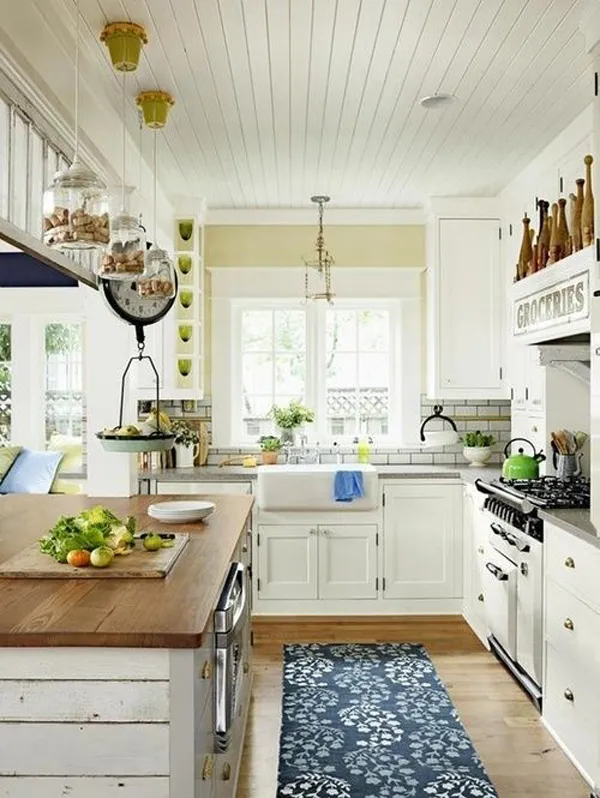Farmhouse Kitchen Decor 7 Secrets to Success
Creating a beautiful and inviting farmhouse kitchen is easier than you might think. This style embodies warmth, simplicity, and a touch of rustic charm, making it a beloved choice for homeowners. This guide unveils seven secrets to help you achieve the perfect farmhouse kitchen, transforming your cooking and dining space into a cozy haven. By incorporating these key elements, you can create a kitchen that reflects your personal style while embracing the timeless appeal of farmhouse design. From selecting the right color palettes to adding functional storage solutions, these tips will guide you every step of the way. Let’s dive into the secrets that will help you create the farmhouse kitchen of your dreams.
Secret 1 Embrace Neutral Colors
Neutral colors are the cornerstone of farmhouse kitchen design, creating a calming and versatile backdrop. Soft whites, creamy off-whites, gentle grays, and muted beiges provide a sense of spaciousness and allow other design elements to shine. They also serve as a blank canvas for incorporating pops of color through accessories and decor. Using neutrals creates a clean and inviting atmosphere, perfect for both cooking and gathering. Choosing the right neutrals is crucial to achieving the desired farmhouse aesthetic, so consider the natural light in your kitchen and the overall mood you want to create.
Why Neutrals Work in Farmhouse Kitchens
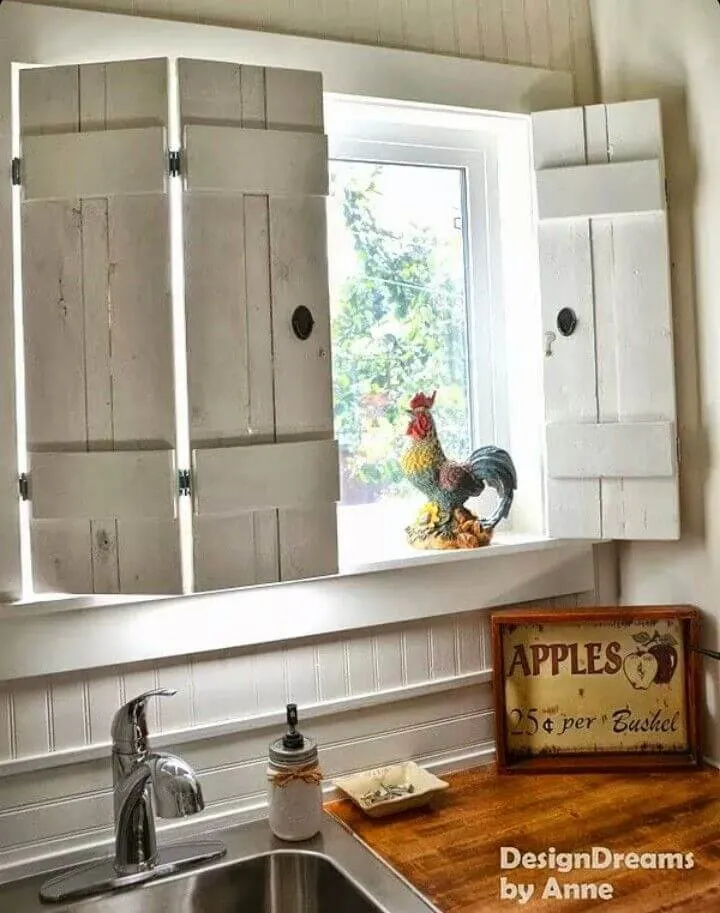
Neutrals provide a timeless appeal and versatility, making your kitchen feel open and airy. They reflect light, making the space appear brighter, and they pair effortlessly with various textures and materials. Neutrals also act as a calming influence, creating a serene environment conducive to cooking and relaxation. The simplicity of a neutral palette allows you to easily update your decor with seasonal accents or personal touches without undergoing a complete renovation. The ability to blend seamlessly with different styles ensures that your farmhouse kitchen will remain stylish for years to come, even as design trends evolve. They create a flexible foundation for your design choices.
Popular Neutral Color Palettes
Classic combinations like white and gray or white and beige are always a safe bet. For a warmer feel, consider creamy whites and soft tan hues. If you prefer a cooler palette, explore shades of gray, from light dove gray to deeper charcoal tones. Incorporating different shades of the same color can add depth and visual interest. You can also introduce a subtle pop of color, such as a light blue or sage green, to complement the neutrals. The key is to choose colors that create a cohesive and inviting space. Remember to test paint samples in your kitchen to see how they look in different lighting conditions before making your final decision. Consider how natural and artificial light interact with your color choices.
Secret 2 Incorporate Natural Textures
Bringing in natural textures is essential for achieving the farmhouse look. Wood, stone, and woven materials add warmth and visual interest, creating a sense of authenticity and connection to nature. The use of these textures introduces tactile elements that enhance the overall aesthetic, making the space more inviting and comfortable. Textural contrast is a cornerstone of farmhouse design, preventing the space from feeling flat or monotonous. The interplay of rough and smooth surfaces adds depth and character, reflecting the charm of a bygone era.
Wood Elements in Farmhouse Kitchens
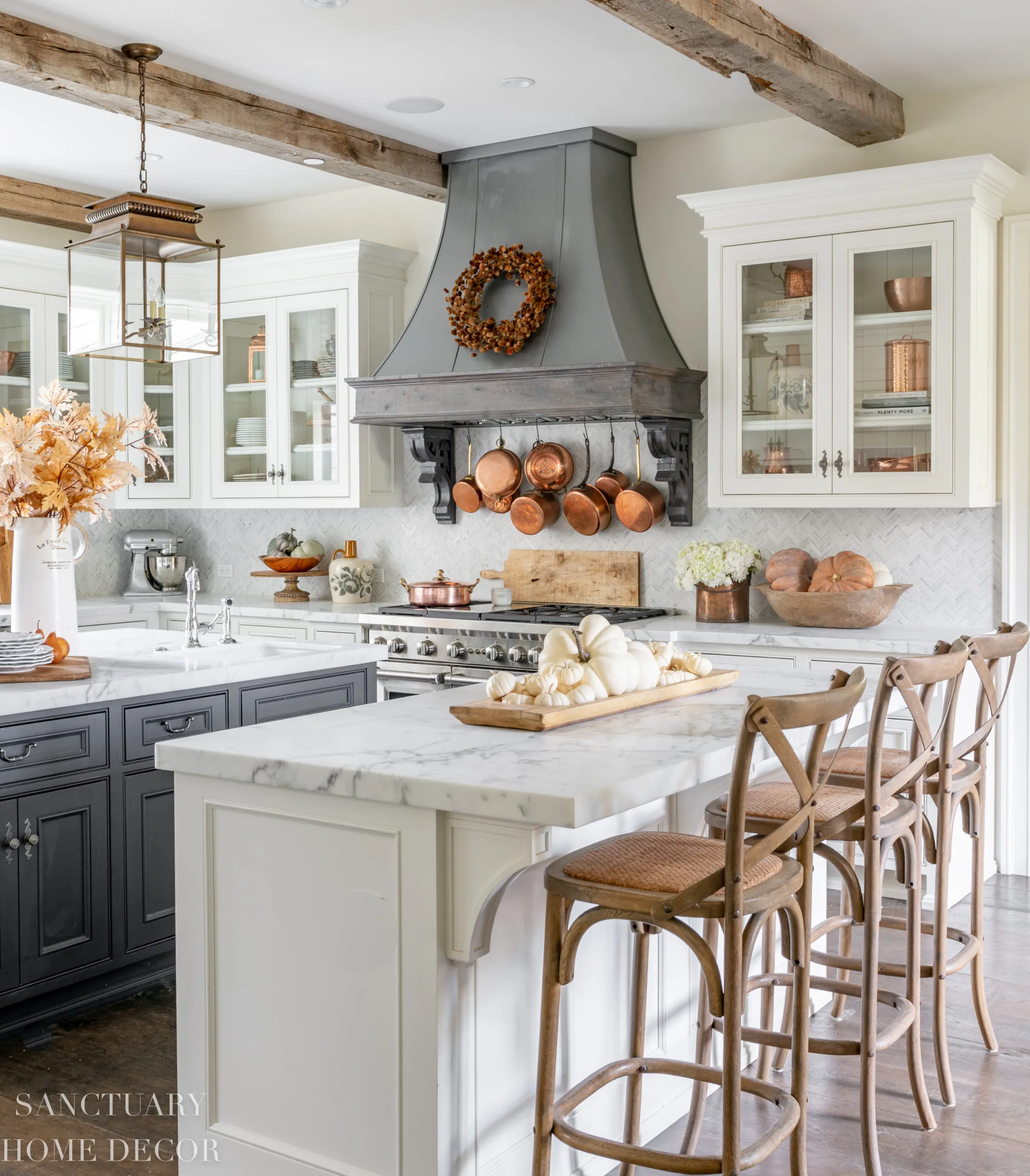
Wood is a staple in farmhouse kitchens. Consider incorporating wooden elements such as exposed beams, butcher block countertops, or open shelving. Reclaimed wood adds character and a sense of history, while painted wood trim provides a clean and fresh look. The type of wood used can vary depending on your preference and the overall style you want to achieve. For example, a rustic kitchen might feature rough-hewn beams and distressed wood cabinets, while a more refined space might opt for lighter-toned wood floors and sleek wooden accents. The use of wood brings warmth and a connection to the outdoors, making the kitchen feel cozy and inviting.
Textured Fabrics and Materials
Incorporate textured fabrics such as linen, cotton, and burlap through items like curtains, tablecloths, and dish towels. Woven rugs and baskets can add another layer of texture. Consider using materials like stone or brick for backsplashes or accent walls. These materials add visual interest and a sense of history to the space. Mixing and matching different textures prevents the kitchen from feeling flat, making it feel dynamic and engaging. The tactile quality of these materials enhances the farmhouse aesthetic, providing a welcoming and comfortable atmosphere. Don’t be afraid to mix smooth and rough materials for added visual interest.
Secret 3 Add Vintage and Antique Accents
Vintage and antique accents give your farmhouse kitchen character and a sense of history. These pieces add a unique touch and tell a story. Incorporating vintage elements helps to create an authentic farmhouse feel, making your kitchen stand out. Look for items like antique scales, enamelware, and vintage signs to add personality. These carefully chosen pieces can transform a simple kitchen into a charming and inviting space. The charm of aged items adds a unique layer to your decor.
Sourcing Vintage Decor
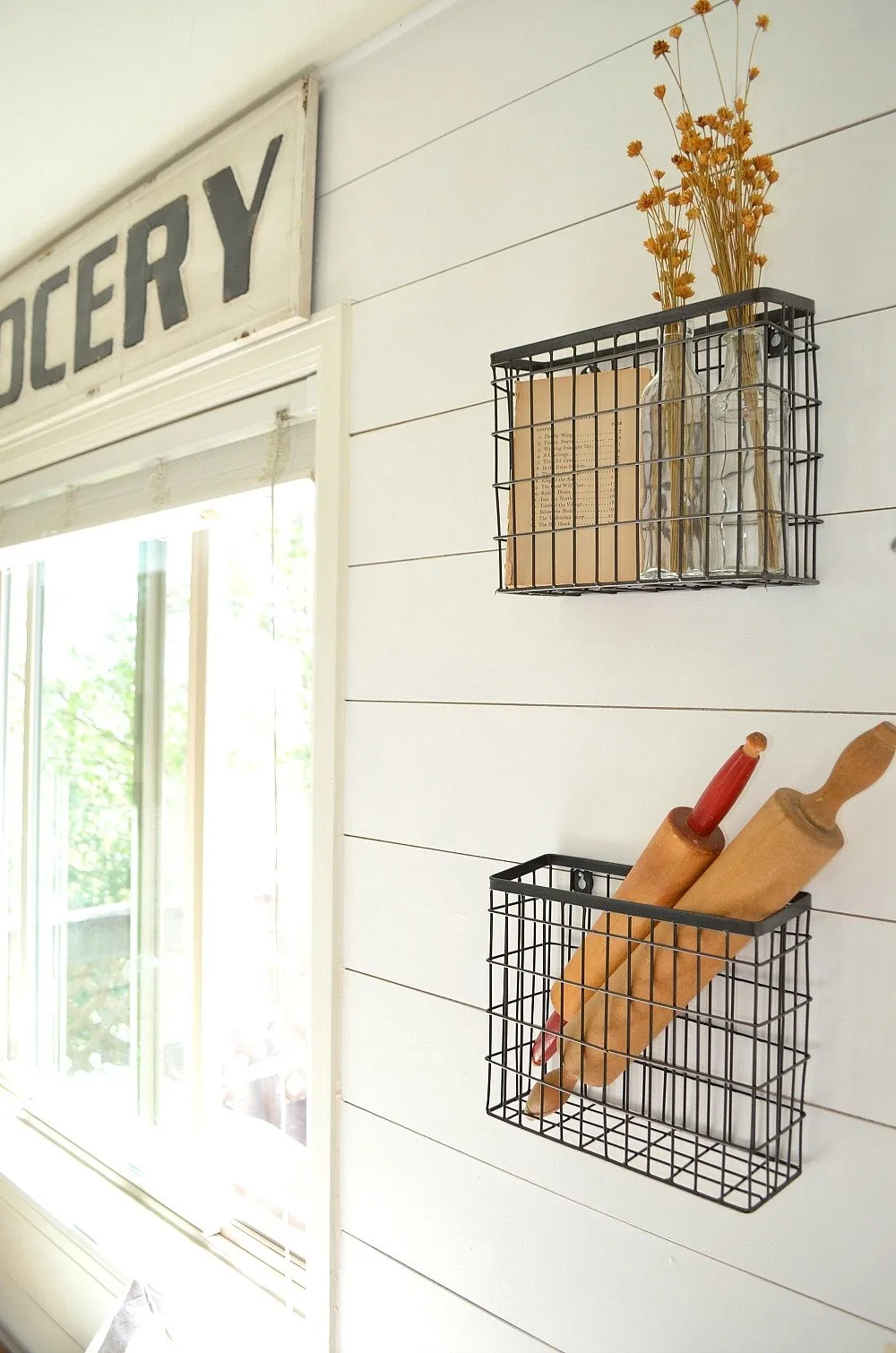
Visit antique stores, flea markets, and estate sales to find unique pieces. Online marketplaces and vintage shops can also offer a wide variety of options. Keep an eye out for items with character, such as chipped paint, worn finishes, and unique shapes. Consider the story behind each item and how it will fit into your overall design scheme. Don’t be afraid to repurpose items or give them a fresh coat of paint to fit your aesthetic. Local markets often provide hidden treasures at great prices. Make sure to clean any used items properly before displaying them in your kitchen.
Styling Antique Pieces
Use antique pieces as focal points or accent pieces to add personality. Display vintage scales on countertops, hang antique signs on walls, or use enamelware for storage. Grouping items together can create visual interest, such as arranging a collection of antique kitchen tools on a shelf. Consider the scale of your pieces and how they will complement your other decor. Mix antique pieces with modern elements for a balanced look. Make sure to choose items that are both functional and aesthetically pleasing. Incorporate pieces that serve a purpose, making them a seamless part of your kitchen’s design.
Secret 4 Use Open Shelving
Open shelving is a key element of farmhouse design, providing both functionality and a stylish display area. It allows you to showcase your favorite dishes, glassware, and decorative items, adding visual interest and personality to your kitchen. Open shelves create a more open and airy feel, making the space feel larger and less cluttered. They provide easy access to frequently used items and encourage a sense of order and organization. The combination of practicality and aesthetic appeal makes open shelving a perfect fit for a farmhouse kitchen.
Benefits of Open Shelving
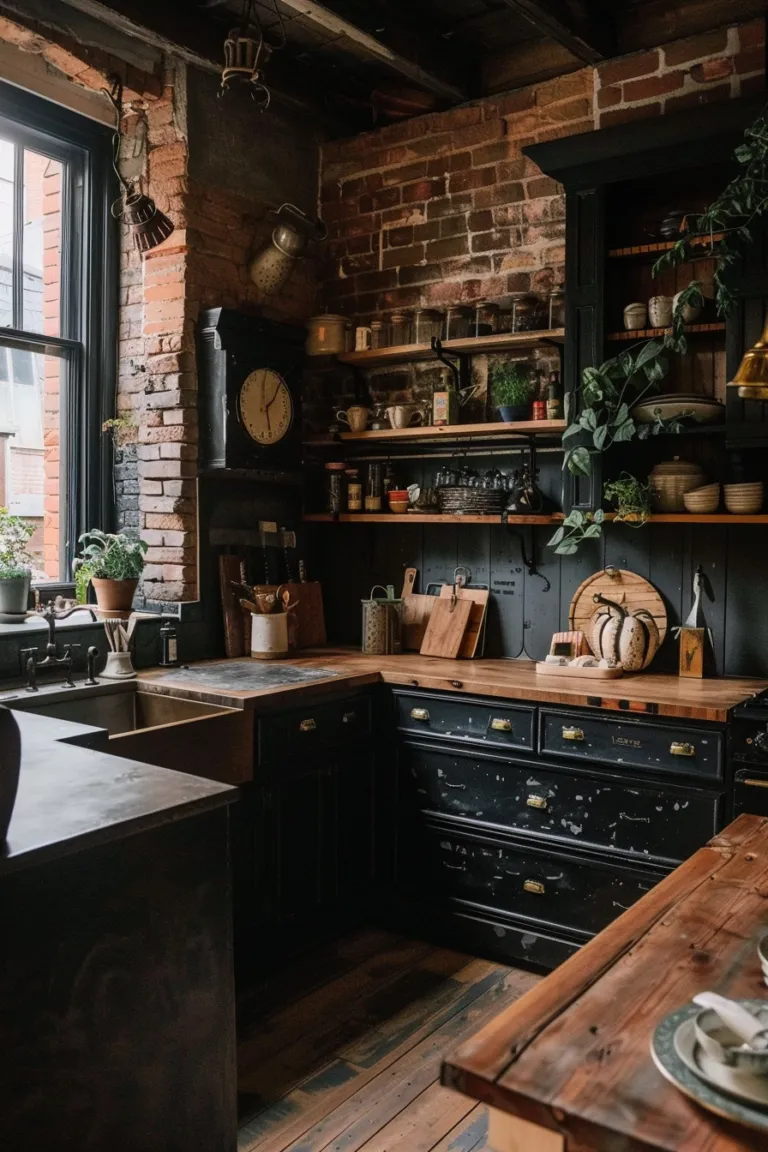
Open shelving adds visual interest and allows you to personalize your kitchen. It makes items easily accessible and encourages you to keep your kitchen organized. Shelves make it easy to showcase your favorite pieces, creating a curated display. They contribute to a sense of openness and spaciousness, making small kitchens feel larger. Open shelving creates a more informal and welcoming atmosphere, encouraging a more relaxed kitchen experience. It helps to display beautiful dishware and provide an open feel. The option is versatile and can be customized.
Styling Tips for Open Shelves
Arrange items in groups of varying heights and sizes to create visual interest. Mix practical items with decorative pieces for a balanced look. Use a mix of textures and materials to add depth and character. Consider color-coordinating the items on your shelves to create a cohesive aesthetic. Keep your shelves organized and dust-free to maintain a clean and inviting look. Rotate your displayed items seasonally to keep your kitchen feeling fresh and updated. Avoid overcrowding your shelves, as this can make the space feel cluttered. Styling open shelves is about striking a balance between functionality and beauty.
Secret 5 Focus on Functionality
Farmhouse kitchens prioritize functionality. This means creating a space that is practical, efficient, and easy to use. Incorporate smart storage solutions, well-placed work zones, and durable materials that can withstand daily use. A functional kitchen makes cooking and meal preparation enjoyable. This focus on utility, combined with aesthetic appeal, makes the farmhouse kitchen a practical and welcoming space. A well-planned kitchen is an investment.
Practical Storage Solutions
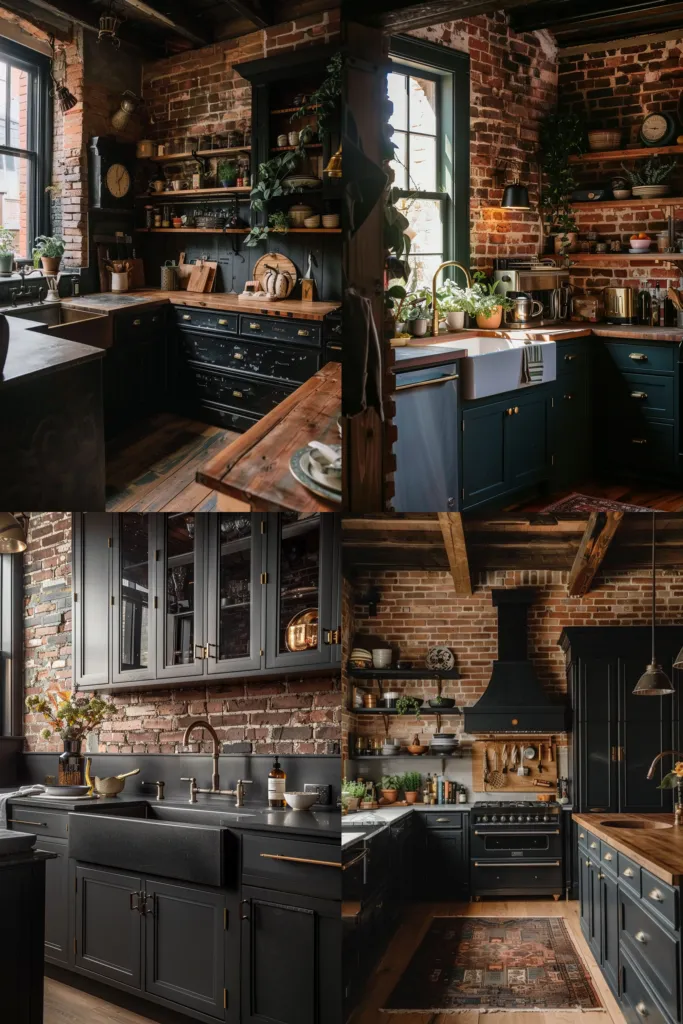
Use drawers, cabinets, and pantries to store kitchen essentials. Consider using organizers to maximize space and keep items tidy. Install pull-out shelves to improve accessibility. Utilize the space under the sink for storage. Open shelves are also an excellent way to store items you use frequently. Choose storage solutions that match the overall aesthetic of your kitchen. Baskets, jars, and containers can be both practical and visually appealing. Consider how you can best maximize your kitchen storage space and optimize organization to make your kitchen function smoothly.
Creating Work Zones
Divide your kitchen into zones for cooking, cleaning, and food preparation. Arrange your workspace to optimize workflow and efficiency. Ensure that your work zones have adequate lighting and access to necessary tools and supplies. Place the sink, stove, and refrigerator in an accessible area to maximize efficiency. Optimize your kitchen layout by considering the placement of appliances, countertops, and storage. Creating distinct areas ensures a seamless flow, making cooking and cleaning easier and more enjoyable. Ensure each zone has everything needed to operate with ease.
Secret 6 Incorporate Rustic Lighting
Rustic lighting fixtures are an integral part of the farmhouse aesthetic, adding warmth and character to your kitchen. Choose fixtures made of materials like metal, wood, or glass to complement the overall style. The right lighting can dramatically enhance the atmosphere, creating a cozy and inviting space. Consider the size, placement, and style of your lighting fixtures to ensure they fit seamlessly into your kitchen design. The style of the fixture can set the tone for the kitchen. Proper lighting is essential for both aesthetics and functionality.
Types of Rustic Lighting
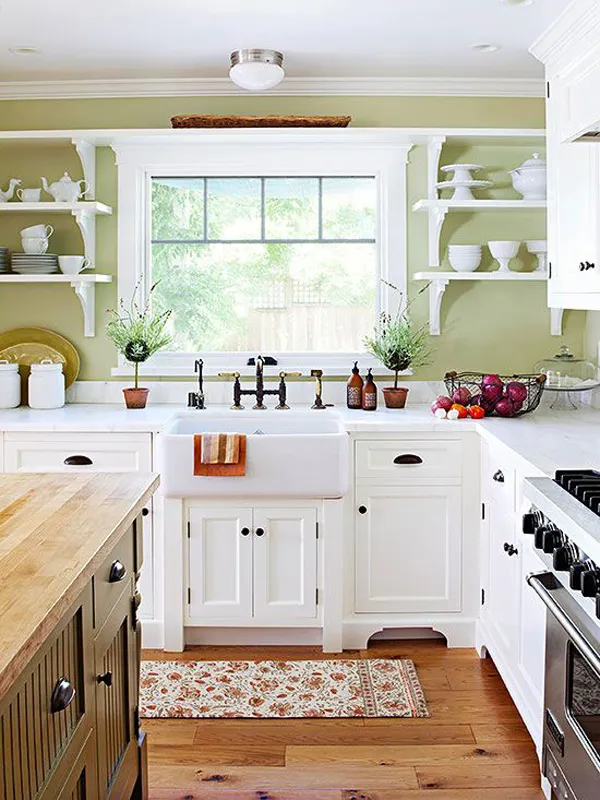
Consider using pendant lights above the island or sink, adding task lighting where needed. Install a chandelier or a series of rustic lanterns over the dining area for ambient light. Choose wall sconces to brighten dark corners and add visual interest. The key is to choose fixtures made from materials that complement the farmhouse style. Consider metal, wood, and glass elements. The fixtures should have a vintage or antique feel. Don’t forget the importance of dimmers, providing mood control and energy efficiency.
Placement and Design
The placement of your lighting fixtures is as important as the design. Place pendant lights over the island for task lighting. Hang chandeliers above the dining table for ambient lighting. Ensure that your lighting fixtures provide adequate illumination without being overpowering. Balance functionality with aesthetics. The right placement will illuminate key areas. Use different types of lighting to create layers. Consider the ceiling height and the size of your kitchen. Take care in the position and type of fixtures.
Secret 7 Accessorize Thoughtfully
Accessorizing thoughtfully is the final secret to creating a perfect farmhouse kitchen. Choose accessories that reflect your personal style while complementing the overall aesthetic. This is your opportunity to add pops of color, texture, and personality to the space. Accessories should be chosen with intention. The right accessories pull the entire design together, transforming your kitchen into a warm, inviting, and stylish space. The small touches can make a big difference in creating a welcoming environment. Thoughtful accessorizing personalizes and completes your kitchen.
Choosing Kitchen Accessories
Select accessories that complement your chosen color palette and style. Use items like cutting boards, utensil holders, and decorative canisters to add charm and functionality. Consider incorporating natural elements such as plants and flowers to bring life and freshness into your kitchen. Display cookbooks, vintage signs, or antique items to add character. Accessories can make your kitchen feel complete. Mix and match different textures and patterns to create visual interest. Don’t overcrowd your surfaces. Your accessories should add to, not detract from, the design. The choice is important.
Adding Personal Touches
Adding personal touches to your farmhouse kitchen is important. Incorporate items that reflect your interests and hobbies. Display family photos, artwork, or cherished mementos. Include handmade items or unique finds from your travels. The kitchen should reflect your personality. Personal touches make your kitchen unique and inviting. Remember that your kitchen is a space where you create memories. This final touch will make the space your own. Choose items that bring joy and enhance your daily experience.
